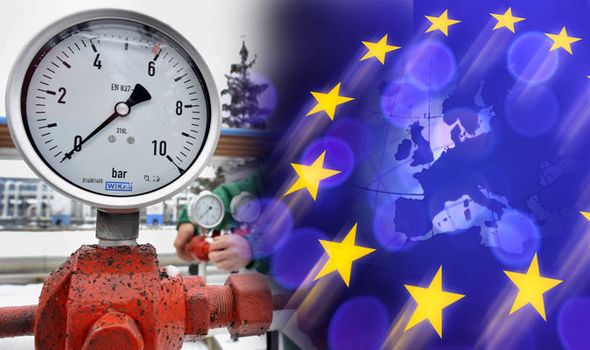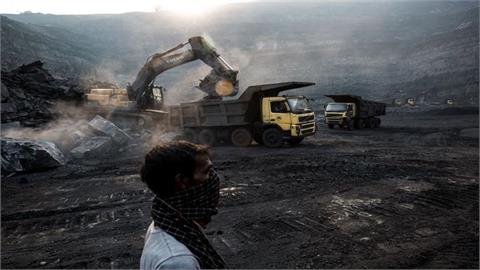With gas prices at a ten-year low, storage tanks are far fuller than average for this time of year. This may have political implications as lawmakers think about security of supply
But this winter, that fear may not be as palpable.
Natural gas prices fell to a ten-year low in early July, prompted by competition between Russia and the United states for market share.
The US has entered the European market aggressively with exports of liquefied natural gas (LNG), fuelled by the shale gas boom in America. Though LNG imports have before now been limited to Northern Europe, Spain is now significantly increasing its imports.
American LNG exports to Europe have risen by 272% since an energy cooperation deal was struck between the US and the EU in July 2018, according to the European Commission.
The EU is now the main recipient of US LNG exports. Though long-term gas pipeline supplies have been linked to oil prices, spot LNG volumes are not. This has made for a more volatile pricing situation.
In a buyer’s market, EU countries have been buying. Gas storage tanks are now well higher than average for this time of year ahead of the 2019-20 winter season. Meanwhile, LNG gas from the US continues to pour in and is waiting at port facilities, anticipating future demand.
Gas storage in Europe is now 90% full, according to data from Gas Infrastructure Europe. The highest levels are found in France, Germany, Belgium, Denmark, Austria, Czechia and The Netherlands.
Political implications
Energy security has been high on the political agenda in the EU and has loomed over everything from grid improvement to climate policy to the controversial Nord Stream 2 gas pipeline being built in the Baltic. The European Commission’s Energy Security strategy released in 2014 has been a guiding force for energy legislation.
The fear has been that the EU is too dependent on gas from Russia, and completing the Nord Stream 2 pipeline will only make it more so. Washington has been lobbying heavily against the pipeline, encouraging Eastern governments such as Poland to try to block its construction. The US says Europe would be wiser importing American LNG instead.
But the recent surge of US LNG imports could, conversely, make the energy security arguments against the pipeline less convincing. If LNG is doing so well in Europe and Russia’s Gazprom is losing market share, then American LNG will be in a good position to compete with new gas imports from Nord Stream.
The change could also affect EU-US relations. That the increasing exports has come without an accompanying EU-US free trade agreement has not gone unnoticed. Initially the US said it would only open up LNG exports in the context of such a deal. However this was dropped, and the LNG has flowed. The prospects of such a free trade deal (previously known as TTIP), now seem highly unlikely any time in the foreseeable future. But LNG exports are predicted to continue to pick up pace.
As the new members of the European Parliament and European Commission begin their work in earnest this Autumn, they will be legislating in a context of low energy prices, full gas tanks and plenty of supply from America.
This will colour the energy
security debate at a critical time in the EU legislative cycle – perhaps to the
benefit of the Nord Stream 2 project.
by Dave Keating, American journalist and moderator
covering EU politics in Brussels
(Euractiv.com, 28 Aug., 2019)




